Eggs Benedict
It’s the weekend. You don’t have to go to work, and you have a little extra time on your hands. it’s time for a great breakfast. It’s time for eggs Benedict!
The classic brunch food of poached eggs, ham, and English muffins all doused with rich Hollandaise sauce is daunting to some, but with a little science, temperature control, and the right thermometers you can turn out a breakfast of eggs Benedict that is as good—or better!—than anything you’ve had in restaurants. We’ll use the Thermapen® ONE to make our Hollandaise a cinch, and the ChefAlarm® to take the guesswork out of poaching the eggs.
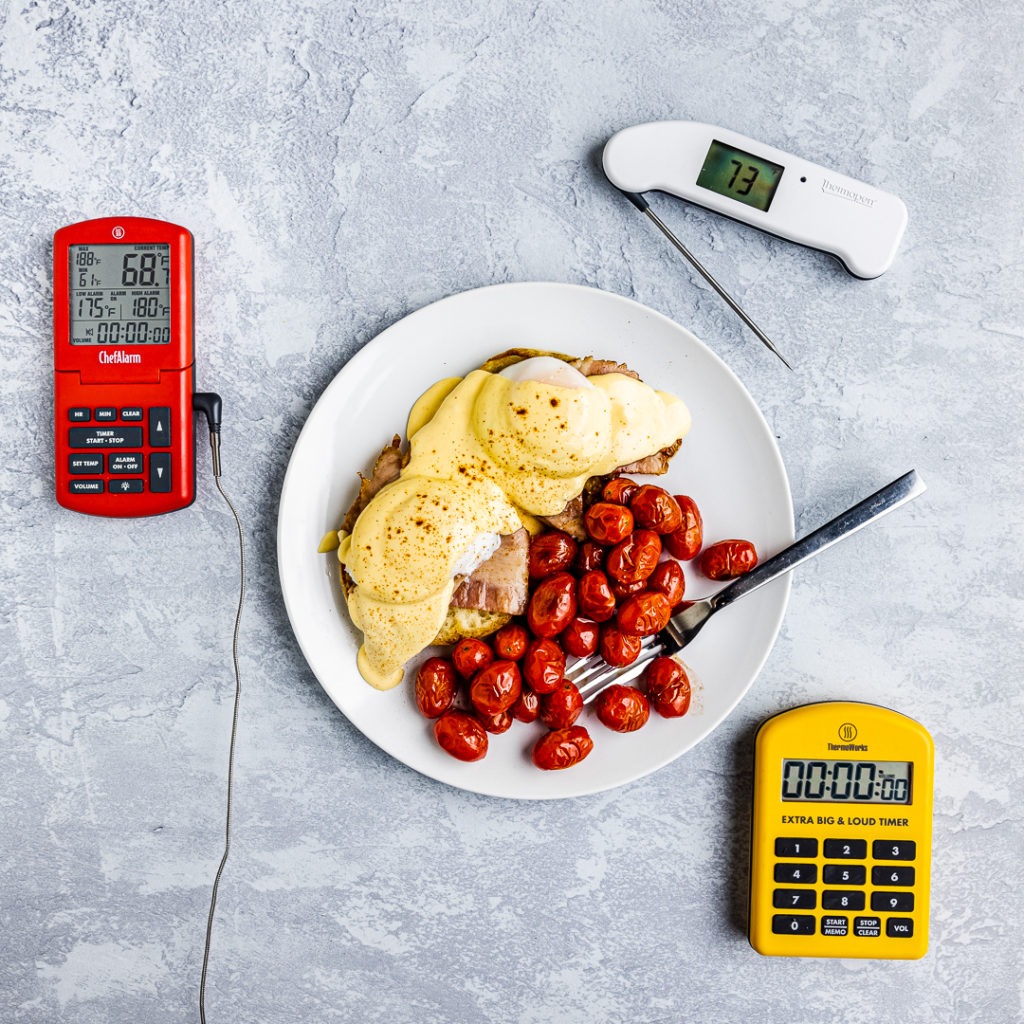
Poached eggs: rewarding, elegant, and finicky
According to culinary lore, the famous toque blanche (white hat) worn by chefs is supposed to have 101 pleats, with each pleat representing one of the 101 methods the chef is supposed to know for preparing eggs. While this may be an exaggeration in actual fact, it goes to show something interesting about eggs: this common—even pedestrian—ingredient can be elevated to greatness. Further, eggs can be both easy and surprisingly fussy to cook. If you’d like to know more about egg cookery, anatomy, and techniques, read our post about boiled eggs.
Poaching problems
Poaching eggs—barely simmering them out of their shells in a shallow bath of water—is a beautiful method of cooking eggs that, if done correctly, results in creamy-rich yoks and tender whites. Once you learn to poach correctly, you’ll do it all the time. But there is a small learning curve that we hope to help you through.
Wispy ghost strands
Making poached eggs that are visually appealing is tricky, because of the way egg whites age. As eggs sit in the fridge, the thick albumen partially breaks down, leaving part of it watery and thin. When you slide these eggs into your simmering water you end up with those ghosty, wispy strands of egg white that cling to the egg and float around in your water. These aren’t bad, per se, but they get in the way of nice presentation and are an annoyance when cooking.
Overcooking
Of course, whispy strands are hardly the main problem when poaching eggs. No, the main problem is usually overcooking. If you end up with a hardened yolk, you may just as well have made hard-boiled eggs, a dish with maybe only half the flair of poached eggs. Getting the whites firm enough without hardening the yolk is what scares most people off from poaching eggs.
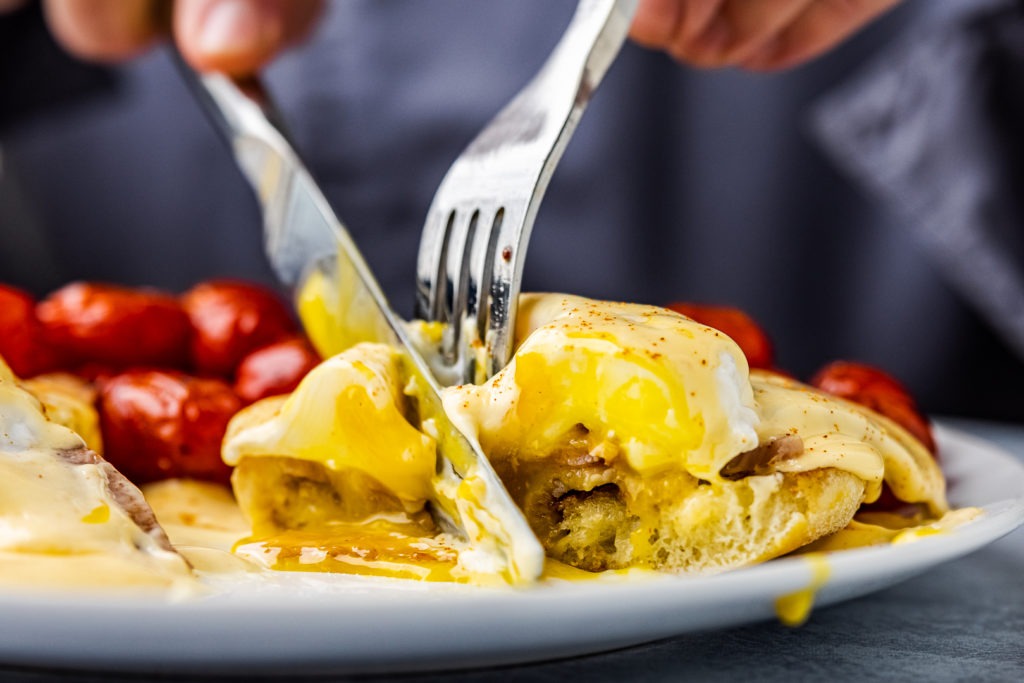
Egg poaching solutions
To fix the ghost wisps, we can try to get the freshest eggs possible so that the white will not have had as much time to break down. But beyond that, we can use the wateriness of the white to our advantage. Crack the eggs one at a time into a coarse strainer (like a kitchen spider) before placing them in your poaching liquid. The watery part of the white will strain through, leaving only the thick part of the white that will hold its shape while poaching.
To be sure that we end up with runny yolks, we need to control the temperature. Use a ChefAlarm and a pot clip to keep an eye on the water temperature. Set the high-temp alarm to 180°F (85°C), as recommended by TastingTable.com. This temperature ensures that the proteins in the white (the Ovalbumin, Ovotransferrin, and Lysozyme) all set up. And while that temperature is hot enough to set the yolk—which starts to set at 158°F (70°C)—it will not do so quickly, especially when the yolk is insulated by the white. (Harold McGee, On Food and Cooking, pp 75-85.)
When your water gets within your target temperature range, adjust the heat so that the temperature remains constant. You may want to watch the temperature for a minute or two before adding the eggs to make sure your heat level is steady. 2 By actually monitoring the temperature, you can be sure you’re not overcooking the eggs. The ChefAlarm gives you this advantage by allowing you to monitor the temperature in real-time.
Hollandaise sauce problems
Traditionally, Hollandaise is made by slowly cooking egg yolks with a little water until they achieve a ribbon-like stage, then whipping clarified butter in a few drops at a time to create an emulsion. The cooking prepares the yolks to create a better emulsification and a thicker sauce, and must be done carefully. The process is daunting, arduous, and, for those with little practice, often ends in failure.
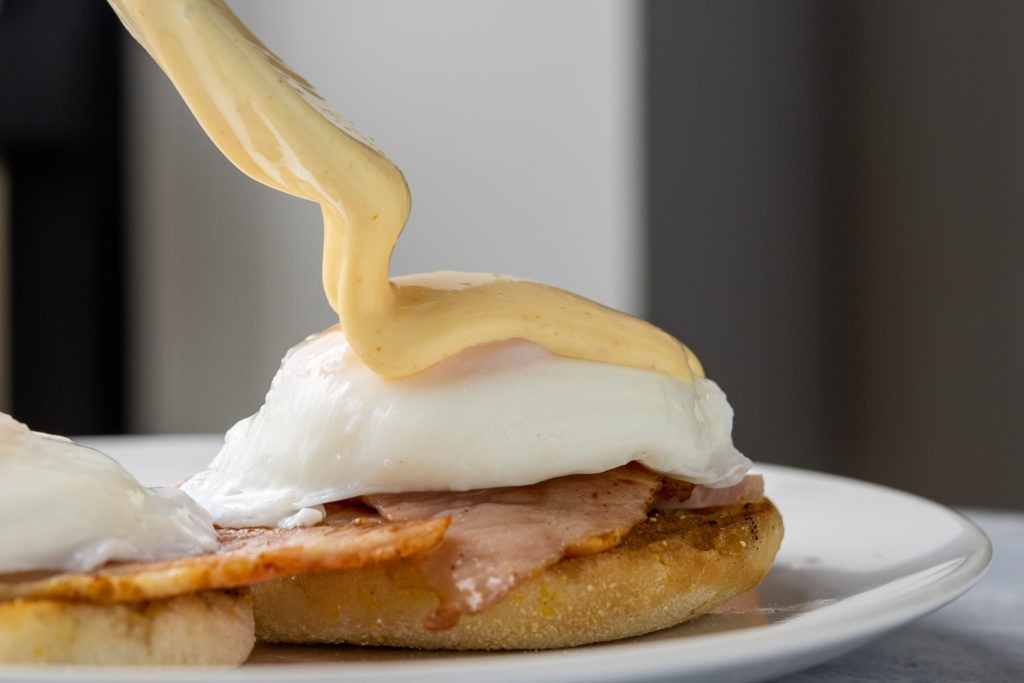
Failure can result from many errors, including bad emulsification—which is easy to do. Add the butter too fast or don’t whip it fast enough, and your emulsion will break, creating a greasy, useless liquid.
Failure also comes from over or undercooking the yolks, resulting either in a lumpy scrambled-egg sauce, or something too thin to really work with.
And, of course, there is the problem of your rotator cuff. That much whipping with a whisk is hard, and not at all the reason you woke up early on weekend.
Hollandaise sauce solutions and tips
J. Kenji López-Alt has demonstrated an ingenious solution to all of these problems, and it happens to have a great thermal component! He recommends inverting the cooking. Rather than cooking eggs and adding butter, we’re going to cook butter and then add it to the cold eggs. Let’s look at the method.
Kenji Recommends putting the egg yolks with the water, lemon juice, and seasonings in an immersion blender cup, then adding hot butter while whizzing the immersion blender. This solves all the problems. First, the blender is better at whisking than you are, so it is going to get the emulsification right, without wearing out your shoulder. But more importantly, adding the hot butter in a slow stream behaves much like tempering a custard with hot milk: the eggs cook while simultaneously colling the butter as it goes in. We’ll use 200°F (93°C) butter, which we can measure with a Thermapen. The more accurate we can make our temperature, the better. This temperature is hot enough to cook the yolks, but not hot enough to curdle them.
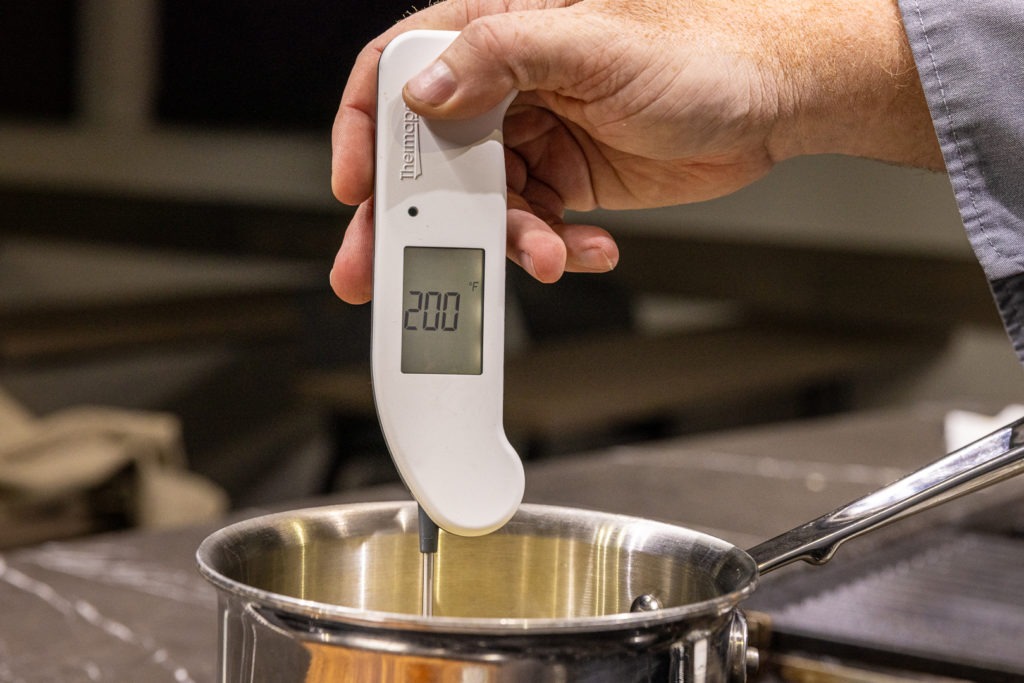
This inverted cooking method also allows you to make the Hollandaise sauce in about 45 seconds, once the butter is hot enough, which is a pretty neat trick. It is foolproof, as long as you use your Thermapen to make sure your butter is at the right temperature.
Nothing says comfort and joy like a hot plate of rich, creamy eggs Benedict! With the help of temperature control, you really can make a classic dish that is usually reserved only for high-end restaurants in your very own kitchen. Keep your water at 180°F (82°C) to poach your eggs perfectly and invert the cooking of your Hollandaise by getting your butter to 200°F (93°C) and you’ll have flawless results.
And, if you want to level up your eggs even further, try modifying the recipe. Maybe use browned butter in the Hollandaise. Maybe switch out the main protein. Ham is wonderful, but it’s not the only thing that you can fill the Benedict canvas with. Other great ideas include thin-sliced smoked salmon or even leftover beef tenderloin—if there is such a thing in your kitchen! The possibilities are endless and the results are fantastic.
Print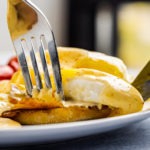
Eggs Benedict Recipe
Description
Eggs benedict, with thanks to J. Kenji López-Alt at SeriousEats.com, also TastingTable.com, and SimplyRecipes.com
Ingredients
For the Benedict
- 8 Eggs
- 4 English muffins, split
- 8 slices good-quality Canadian bacon or ham
- 1 batch Hollandaise sauce (see below)
- 2 Tbsp butter
- Paprika for garnish
For the Hollandaise Sauce
- 2 egg yolks
- 2 tsp water
- 2 tsp lemon juice
- 1/2 tsp salt
- 1/4 tsp cayenne pepper
- 1 cup (2 sticks) unsalted butter
Instructions
Make the Hollandaise sauce
- Melt the butter in a saucepan over medium heat.
- Meanwhile, place yolks, water, lemon juice, salt, and cayenne in an immersion blender cup or another tall cup that an immersion blender can fit into.
- Heat the butter the rest of the way to 200°F (93°C), check it with a Thermapen, and pour it into a glass measuring cup for easier handling.
- Start blending the yolks in the cup and pour the butter into it in a slow stream. (The stream needs to not be too fast, but needn’t be as slow as for a hand-whisked emulsion.) Continue to blend until the sauce is thick and creamy. Set aside.
Poach the eggs
- Fill a deep skillet or shallow saucepan with water, add a teaspoon of salt.
- Set your ChefAlarm probe in place with a pot clip so the tip of the probe is suspended in the water without touching the bottom of the pan.
- Set ChefAlarm high alarm to 180°F (82°C).
- Once the water comes to a stable target temperature, set the ChefAlarm low-alarm to 175°F (79°C) to make sure it doesn’t dip too far during cooking.
- One at a time, crack the eggs into a strainer over a bowl or sink, then, once the thin white stops straining out, lower the basket of the strainer into the heated water and tip the egg out.
- Jiggle each egg slightly with a wooden spoon for a few seconds to make sure it doesn’t stick to the pan.
- Set a timer for 4 minutes. You may vary that time depending on your doneness preference and the size of your eggs—3 minutes will be quite runny, 5 will be firmer, like a medium-cooked yolk.
- When the TimeStick alarm sounds, check the eggs. The yolk should still jiggle slightly under pressure (don’t poke it too hard!) and the whites should not be runny.
- Transfer them to a bowl filled with warm water, where they can be held easily.
Prepare the ham and muffins
- Add 1/2 Tbsp of the unmelted butter to a second skillet and heat it over medium-high heat
- Once the butter is hot, add the ham slices as many as can fit at a time.
- Cook until browned on one side, flip and brown on the other side. Repeat until all ham is cooked.
- Add half the remaining butter to the pan and toast half of the English muffins, face down in the hot buttered skillet.
- Repeat with remaining butter and muffins. Alternatively, you can butter each slice and place them on a cooking sheet in a 450°F (232°C) oven for about 5 minutes.
Assemble your Eggs Benedict!
- Place a slice of ham on each toast, top with a poached egg and a nice dollop of Hollandaise. Sprinkle with a little paprika for color, and serve.
Shop now for products used in this post:
References
Sarah R Labensky, et al., On Cooking: A Textbook of Culinary Fundamentals
J. Kenji López-Alt, Foolproof Poached Eggs Recipe, and Foolproof 2-Minute Hollandaise Recipe on SeriousEats.com
Jake Cohen, Eggs Benedict: Master the king of breakfast dishes on TastingTable.com
Harold McGee, On Food and Cooking
The water will vent heat as you pump it in from below, and you can actually reach an equilibrium point of heat-in vs heat-out, establishing a constant temperature. It varies based on how much water you have, how much surface area it has, the composition of your pot, and the type and power of your heat source, but it ought to be achievable!↩
The water will vent heat as you pump it in from below, and you can actually reach an equilibrium point of heat-in vs heat-out, establishing a constant temperature. It varies based on how much water you have, how much surface area it has, the composition of your pot, and the type and power of your heat source, but it ought to be achievable!↩


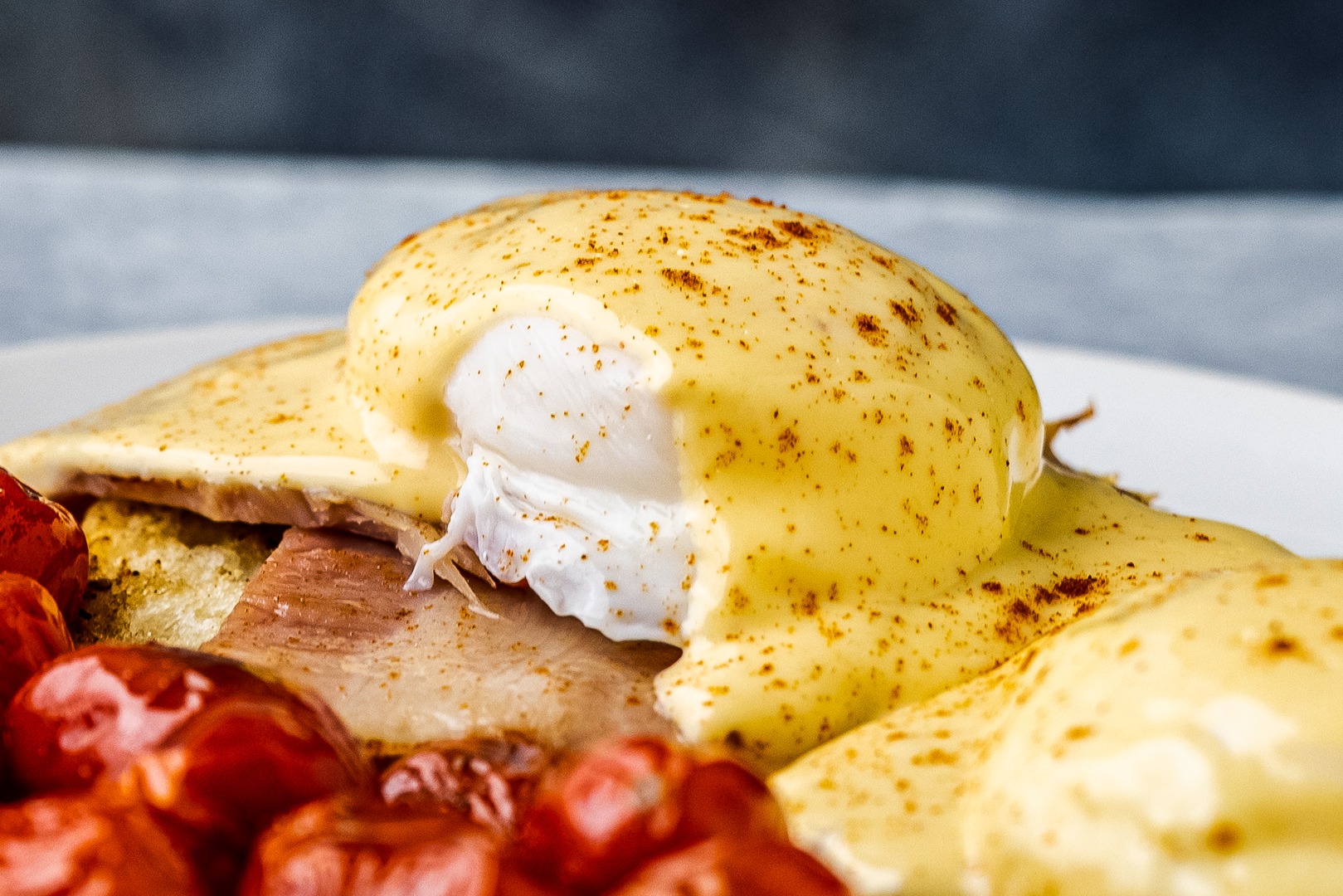
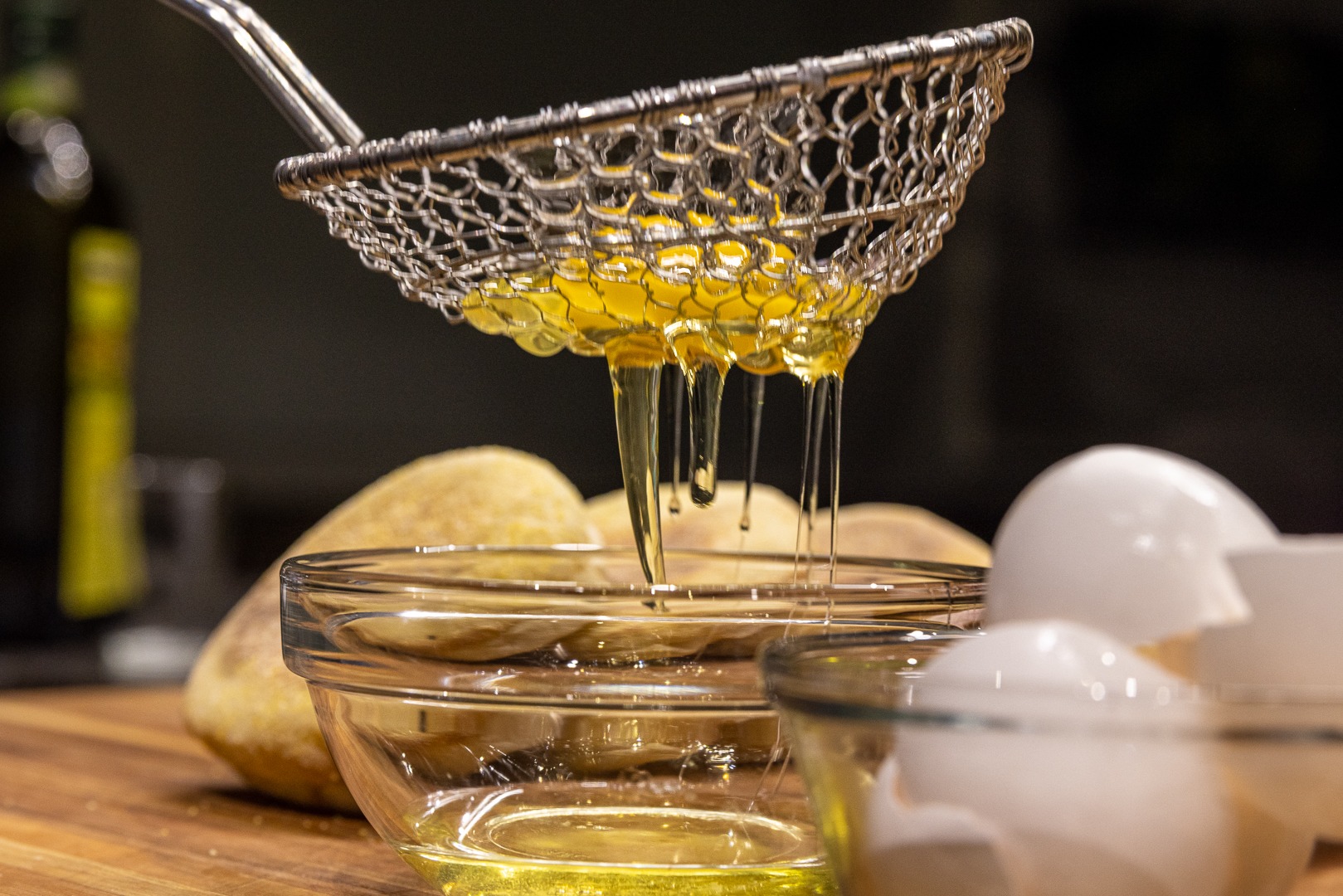
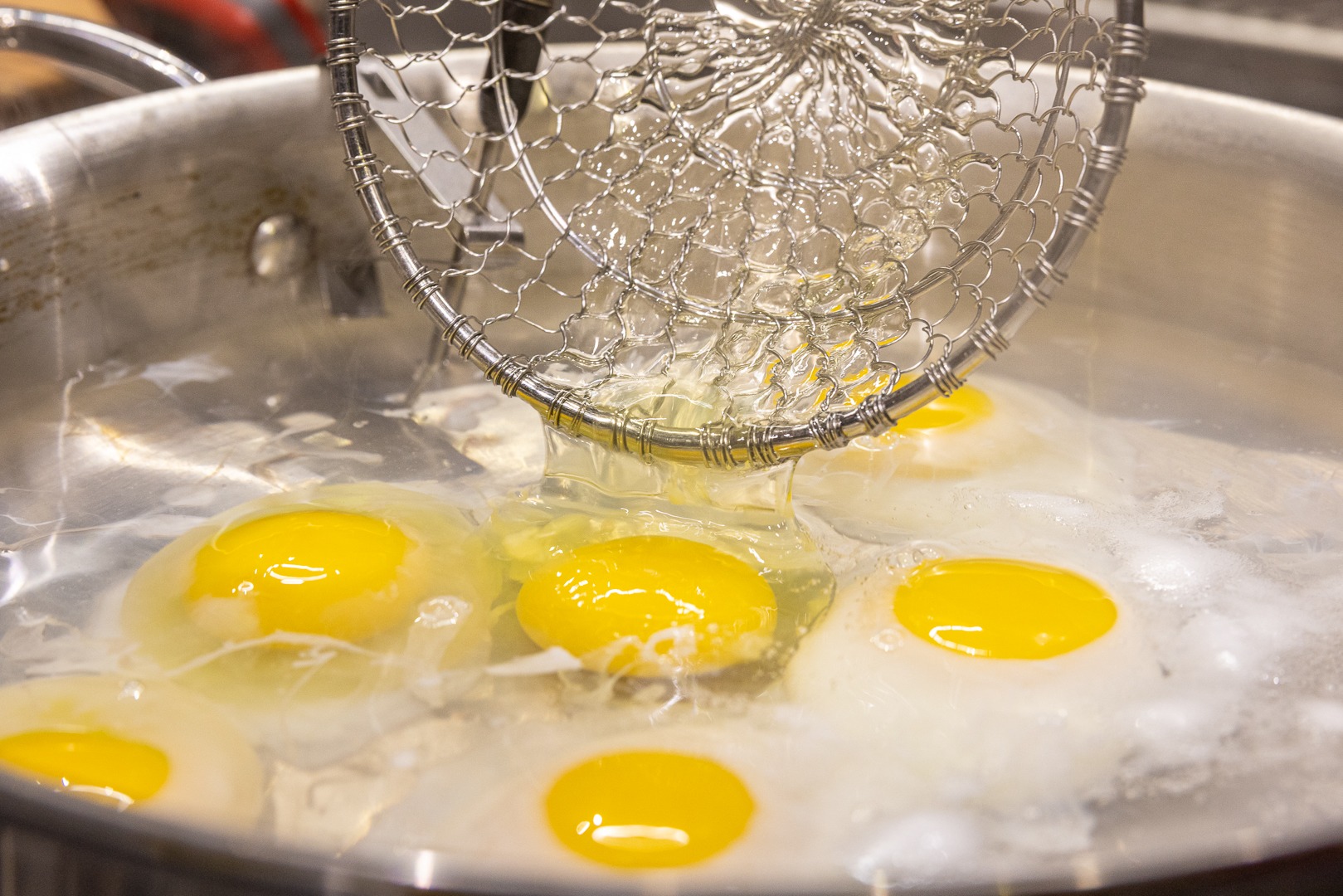
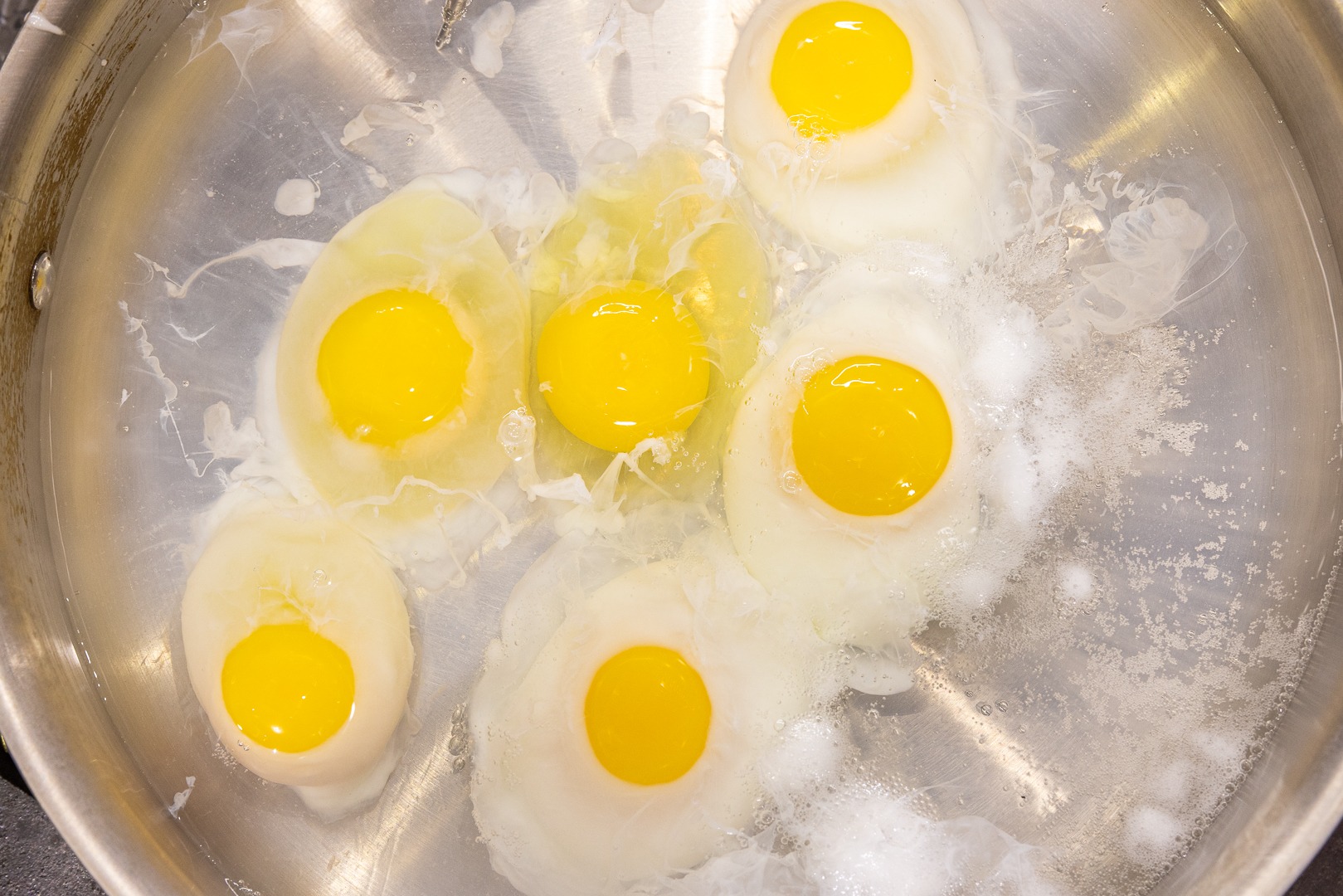
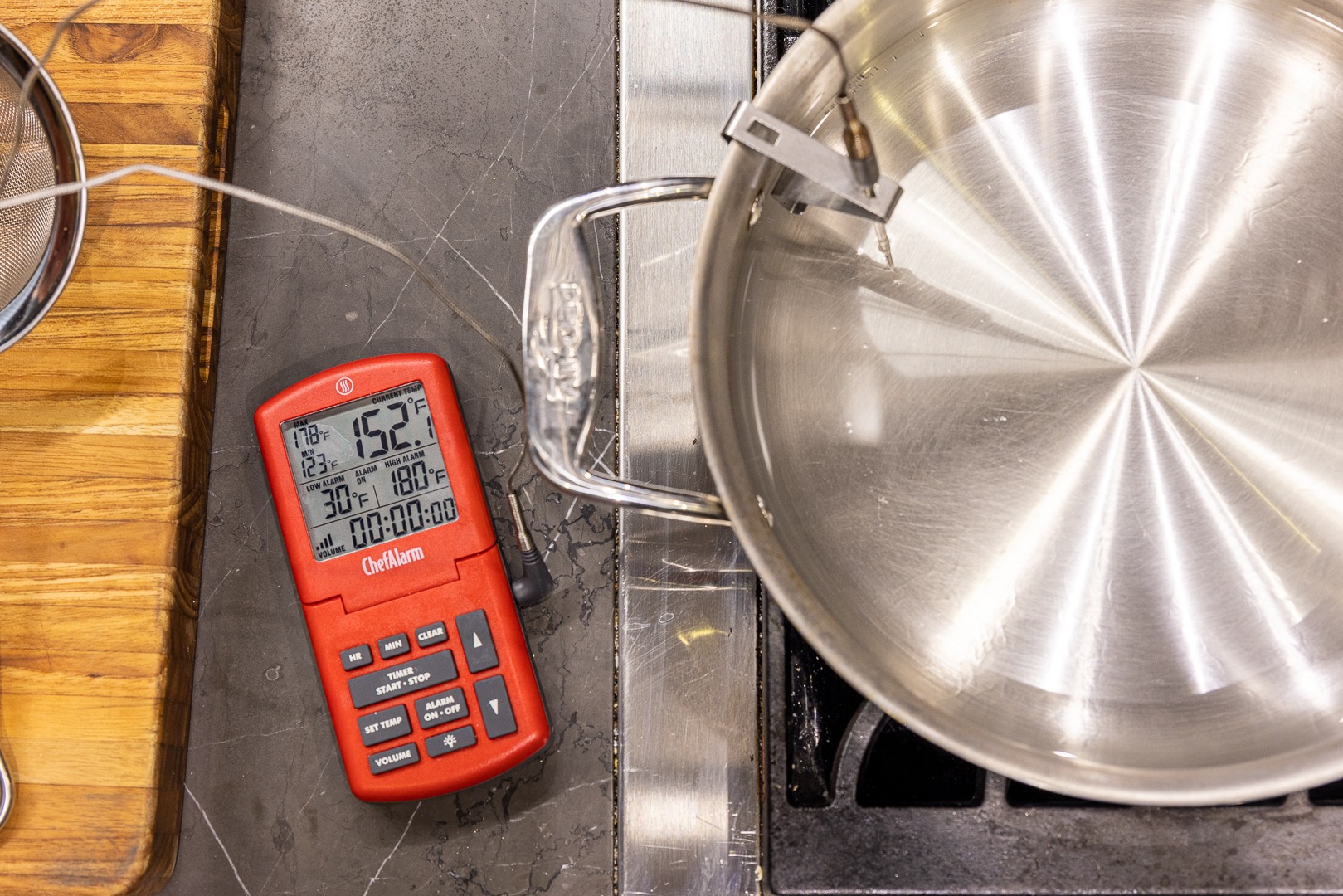
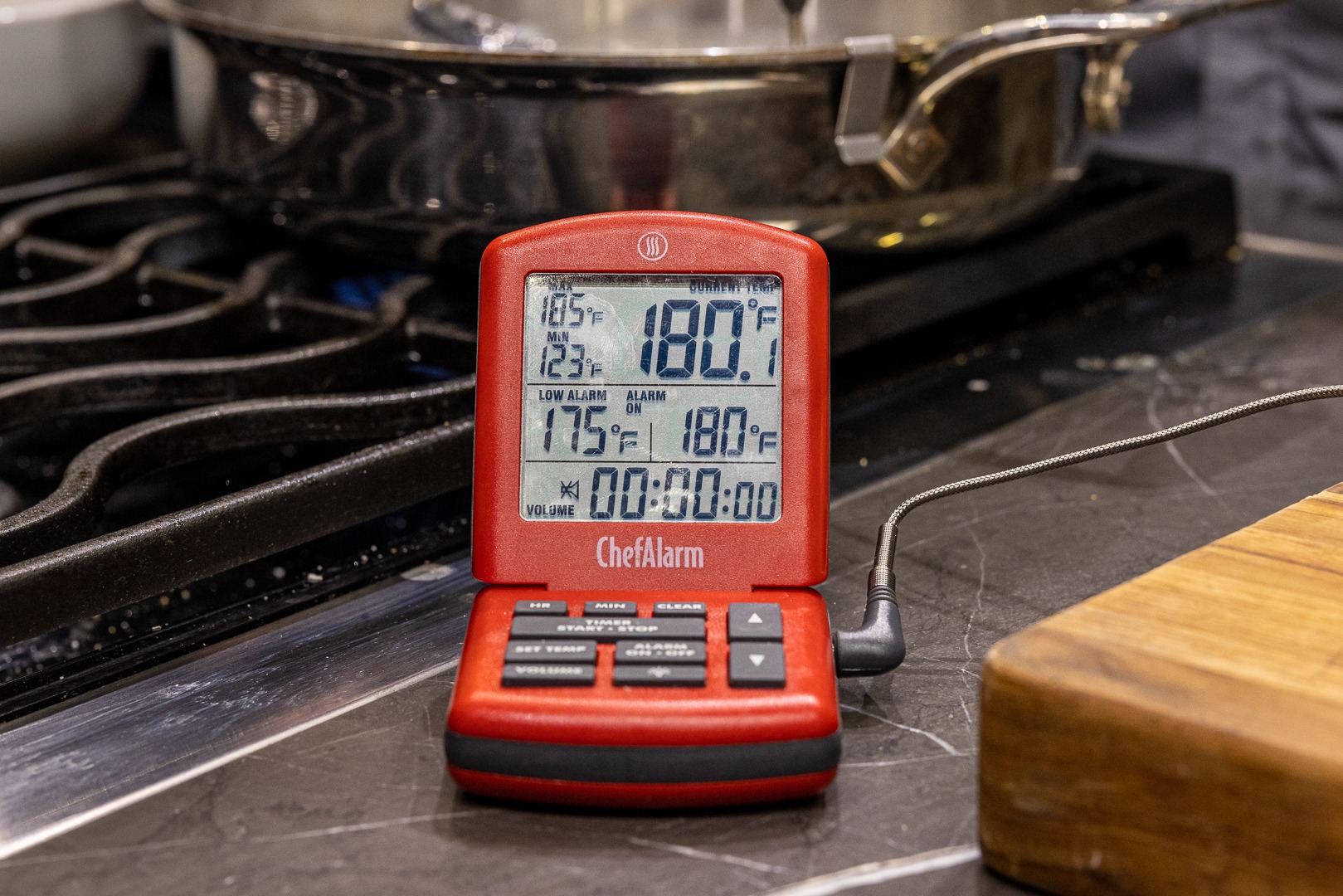
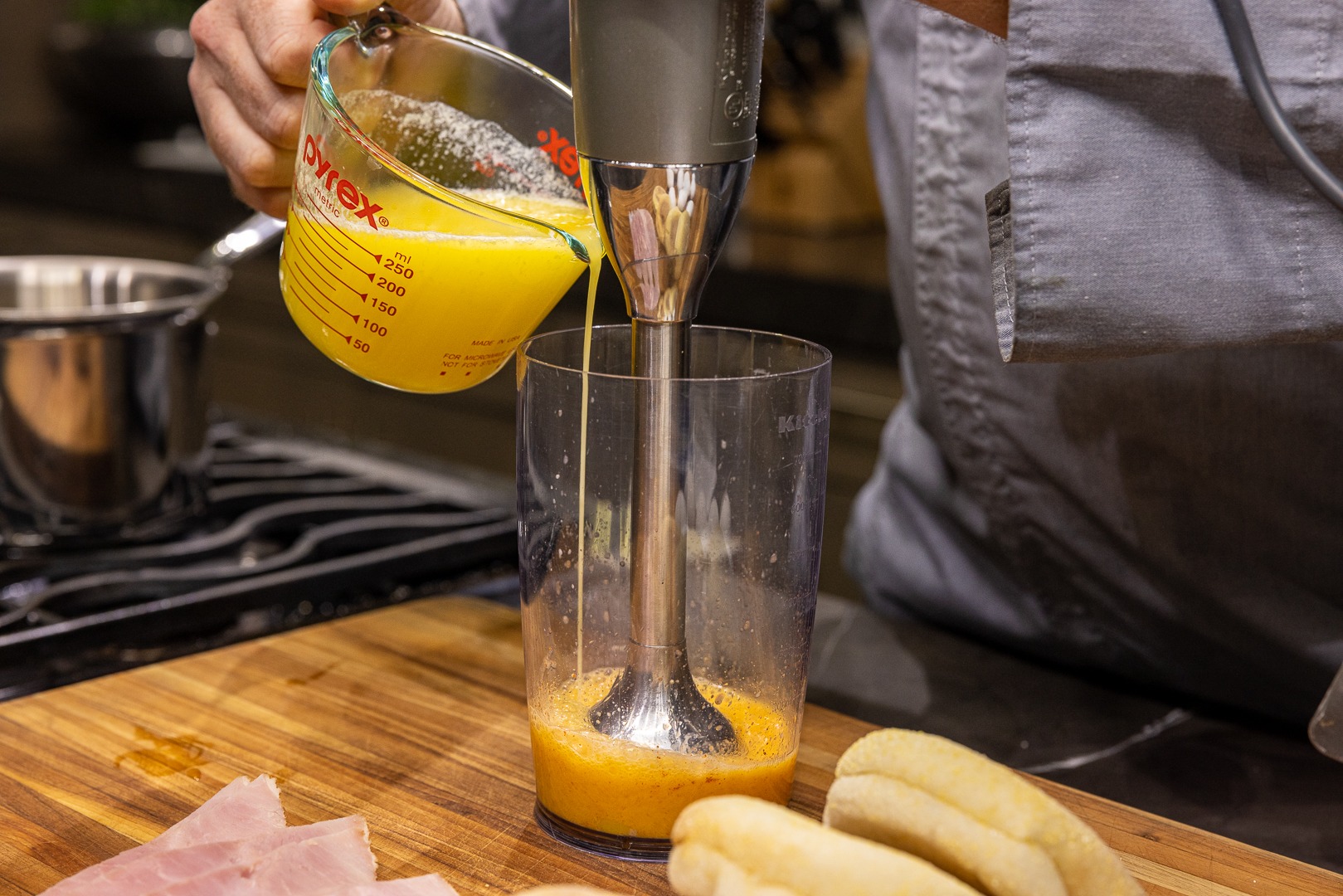
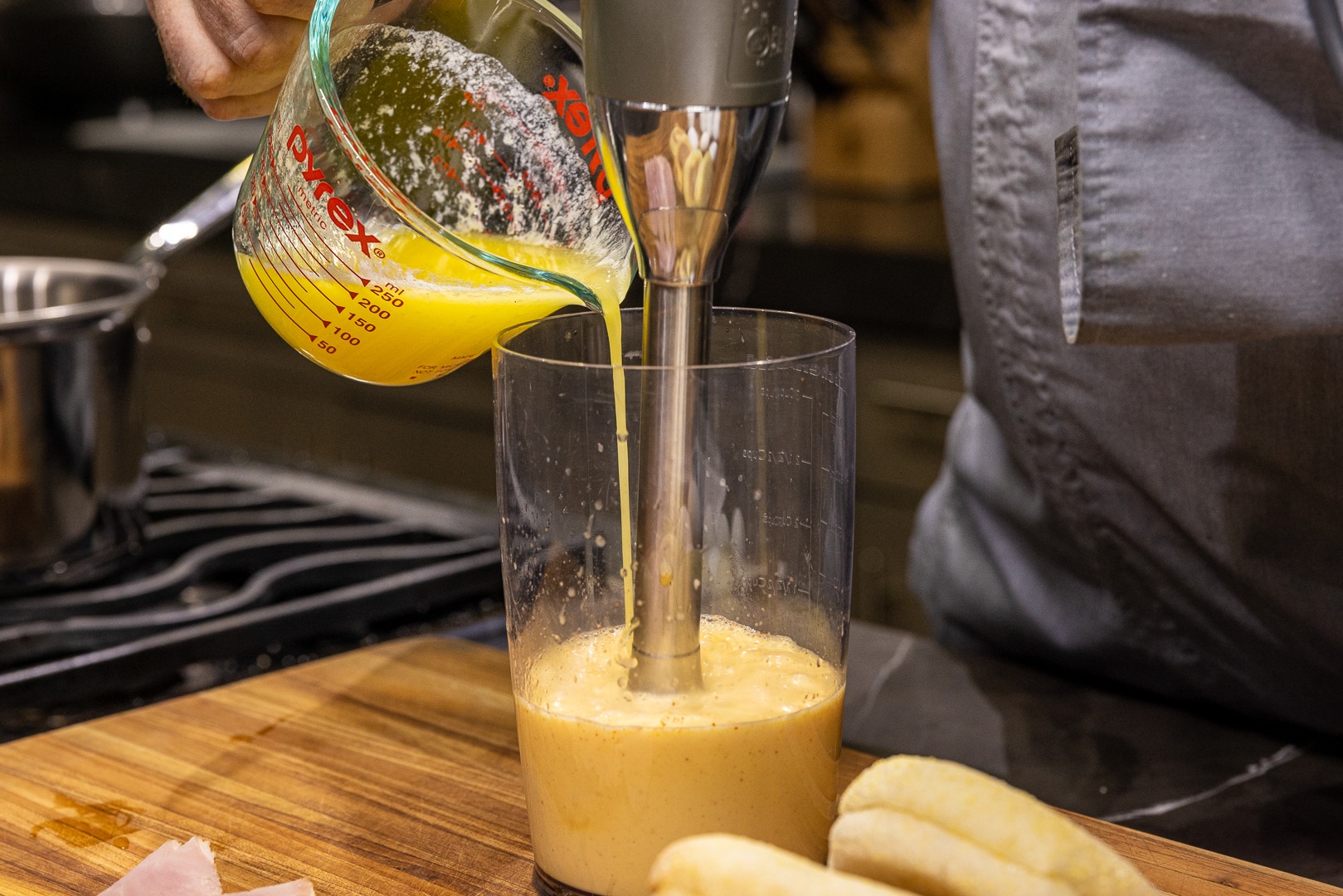
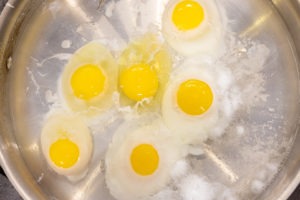
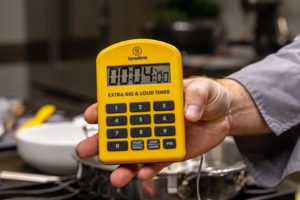
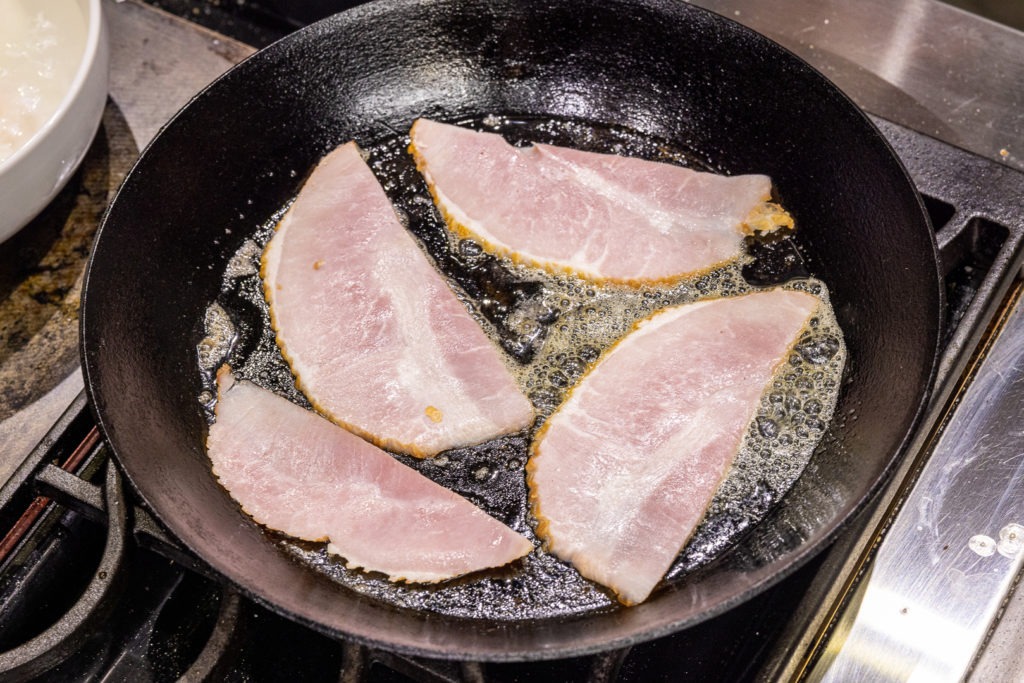
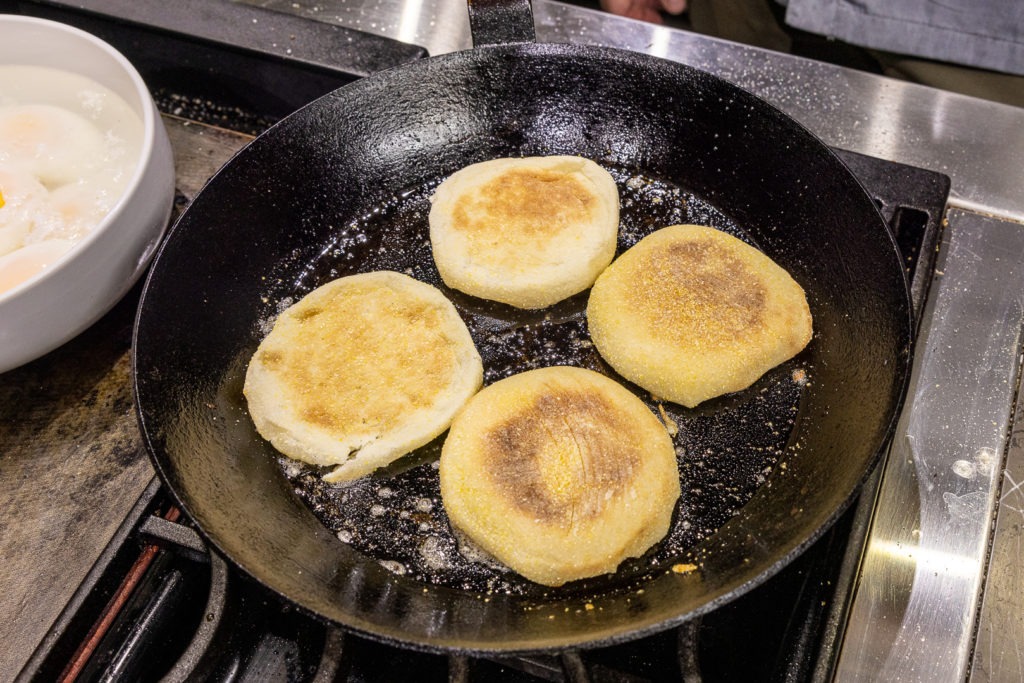
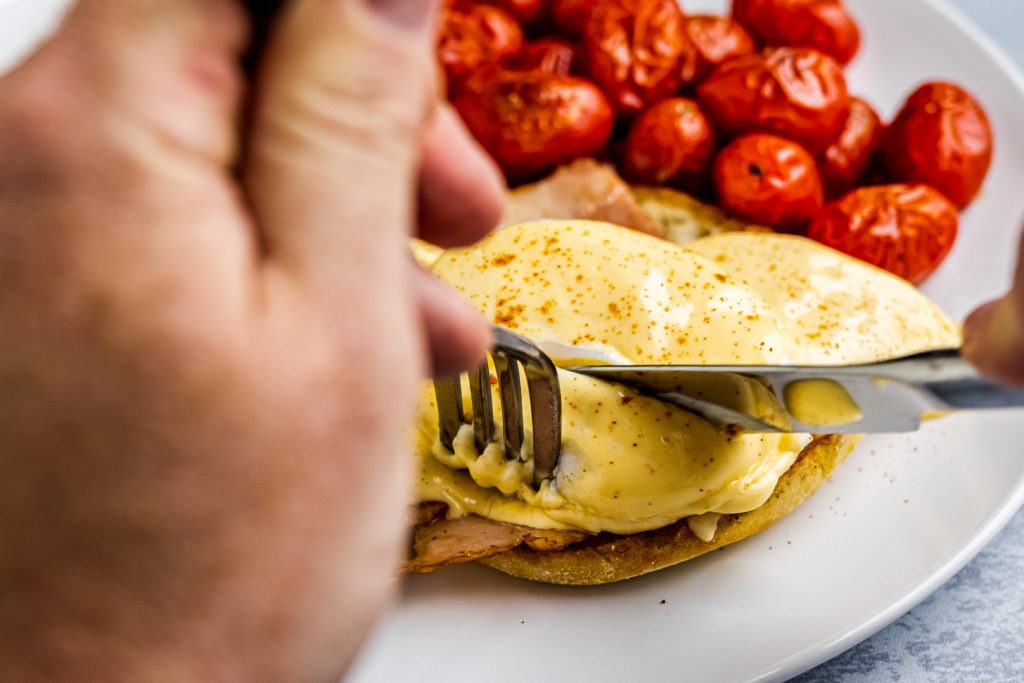


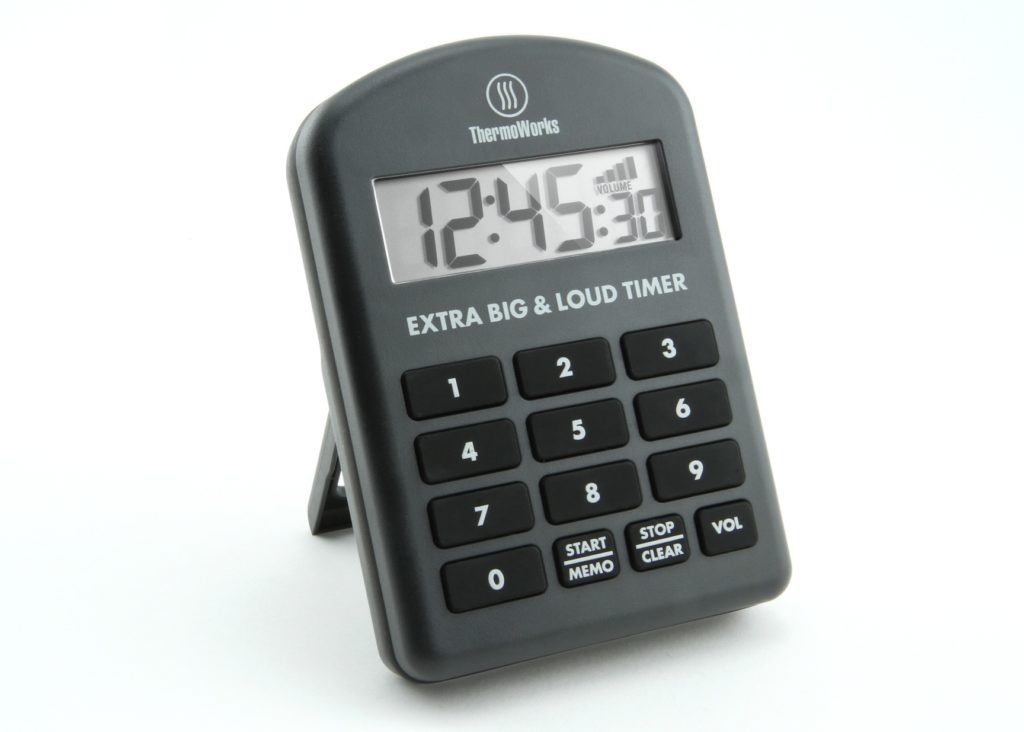
My completely fool-proof way to make Hollandaise sauce.
My goto sauce for Eggs Benedict is the Orange Hollandaise from The New Basics Cookbook. I prepare it according to the recipe, which indeed produces a too thin sauce. After assembling the muffin, ham, and poached eggs, I transfer the sauce to a small pot and sit it in the hot egg poaching water. I then thicken the sauce to perfection using the whisking attachment on my immersion blender.
Et voilà!
just tried my new Thermapen Mk 4 .
what a breeze it will be to know the temperature .
with the Smoke and extra probes i can handle the BBQ and grill at the same time.
FQN,
I’m happy we inspired you to make one of our favorite dishes! You are, of course, correct about Ms. Child demonstrating the method years ago, and I thank you for pointing it out. The immersion blender is a slight innovation that was unavailable at the printing of MtAoFC that I do find very helpful.
Thank you for reading, and happy cooking to you!
Your written instructions says to what the butter to 200 but the video says 220. Which one is correct?
Khanh,
I apologize for the discrepancy. Shoot for 200°, but if it’s a little warmer, you don’t have to panic. Thank you for your vigilant eye!